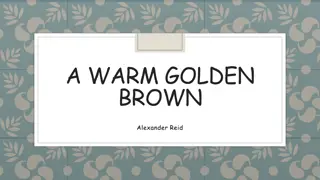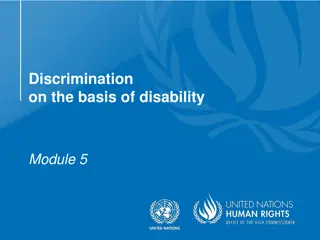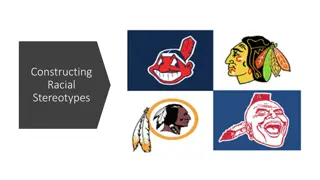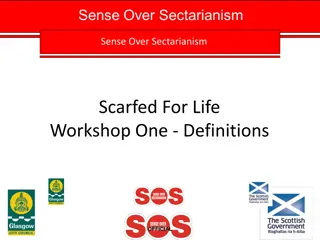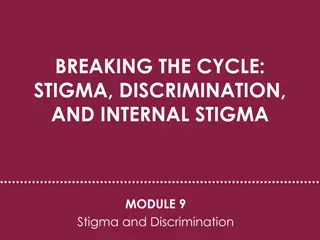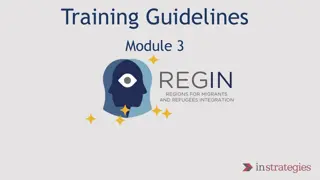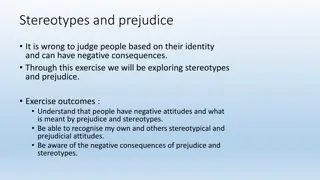
Understanding Prejudice, Stereotypes, and Discrimination Dynamics
Explore the intricate dynamics of prejudice, stereotypes, and discrimination in society. Learn about in-group and out-group behaviors, maintaining and reducing prejudices, and the impact on various social factors such as age, race, gender, and more.
Download Presentation

Please find below an Image/Link to download the presentation.
The content on the website is provided AS IS for your information and personal use only. It may not be sold, licensed, or shared on other websites without obtaining consent from the author. If you encounter any issues during the download, it is possible that the publisher has removed the file from their server.
You are allowed to download the files provided on this website for personal or commercial use, subject to the condition that they are used lawfully. All files are the property of their respective owners.
The content on the website is provided AS IS for your information and personal use only. It may not be sold, licensed, or shared on other websites without obtaining consent from the author.
E N D
Presentation Transcript
In-Group and Out-Group Dynamics Maintenance of Prejudice and Stereotypes Reducing Prejudice, Stereotypes, and Discrimination
Prejudice Stereotypes Discrimination
Out-Group In-Group Derogation In-Group Like Me In-Group Favoritism Not Like Me
We did it! They lost CLICK HERE for more on Basking in the Reflected Glory
age race sexual orientation gender ethnicity socioeconomic status sex physical abilities
Stereotypes Beliefs about group members characteristics physical Distinct beliefs regarding identities of a group Group members share certain characteristics mental behavioral
How we see out-groups. How we see in-groups.
How do We Think About Outgroups? Dehumanization & Homogeneity
? Perceiving out-group as objects or sub-human entity ? Basic emotions and thoughts (infrahumanization) ? Predicts hostile (and otherwise inhibited) behaviors Dehumanization of Outgroups ? Killings ? Violence towards children ? Precursor to wars
Discrimination: Stereotypes & Prejudice in Action
Intergroup Conflict and Violence Often asymmetrical marginalization one group oppressing the other Ranges from discrete maltreatment to severe oppression Can sometimes reconcile different points of view, beliefs, and values
But some conflict become interactable. Highly destructible conflict with seemingly no resolution. Strong resistance to intervention Even when a formal resolution is reached, hostility continues Stems from perceived incompatibility of interests Also tends to happen with clusters of like-minded people
Example: Conflict in the Middle East
Prejudice and Discrimination: Maintenance and Resistance to Change You justify your actions and emotions with consistent thoughts Such a strong link between your thoughts and feelings Stereotypes Prejudice Discrimination
The Bigoted Personality An authoritarian personality: Deference to those in power Unwillingness to be introspective Projection of hostility Conventional life goals Intolerance of ambiguity General social dominance orientation The Big Five: Low on agreeableness Low on openness
Is There a Genetic Basis for Prejudice? Correlational Twin Studies: Similarity in Prejudice in Mono vs. Dizygotic Twins 0.7 Correlation 0.6 0.5 0.4 0.3 0.2 0.1 0 Religious Ethnic Racial Monozygotic Twins Dizigotic Twins
The Role of Self Esteem in Prejudice & Discrimination Self-Esteem of Women in Sororities Negative Evaluation of Other Sororities 1.8 1.6 People with lower self-esteem tend to have more in-group favoritism They also tend to derogate out- groups more This is especially true in the face of a personal failure 1.4 1.2 1 0.8 0.6 0.4 0.2 0 Low Status Sorority High Status Sorority Low Self-Esteem High Self-Esteem



